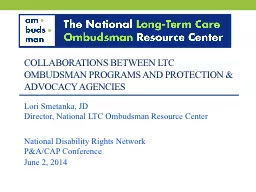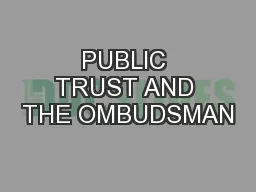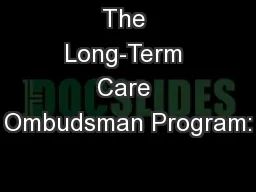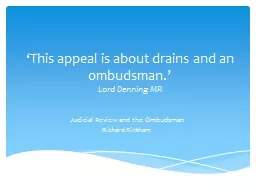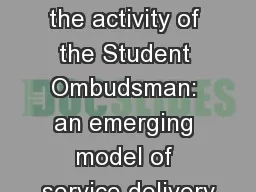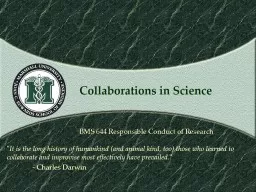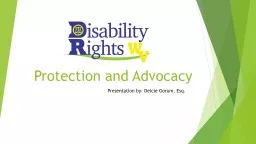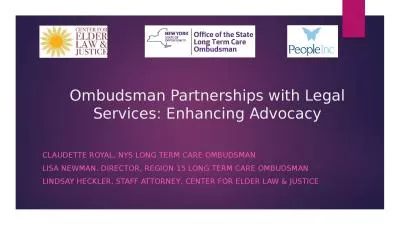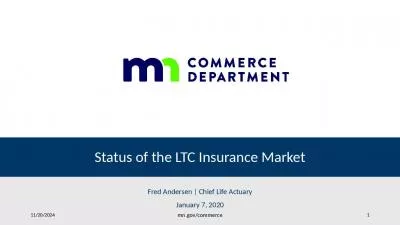PPT-Collaborations between LTC Ombudsman Programs and protection & advocacy agencies
Author : magdactio | Published Date : 2020-08-27
Lori Smetanka JD Director National LTC Ombudsman Resource Center National Disability Rights Network PampACAP Conference June 2 2014 Ombudsman Resource Center Funded
Presentation Embed Code
Download Presentation
Download Presentation The PPT/PDF document "Collaborations between LTC Ombudsman Pro..." is the property of its rightful owner. Permission is granted to download and print the materials on this website for personal, non-commercial use only, and to display it on your personal computer provided you do not modify the materials and that you retain all copyright notices contained in the materials. By downloading content from our website, you accept the terms of this agreement.
Collaborations between LTC Ombudsman Programs and protection & advocacy agencies: Transcript
Download Rules Of Document
"Collaborations between LTC Ombudsman Programs and protection & advocacy agencies"The content belongs to its owner. You may download and print it for personal use, without modification, and keep all copyright notices. By downloading, you agree to these terms.
Related Documents

